
When you become a parent, you quickly realize that baby poop becomes a topic of daily conversation. It’s a good indicator of your baby’s health and diet, and it’s important to understand what your baby’s bowel movements are normal and what baby’s poops are not. This guide will help you navigate the world of baby poop.
The Frequency of Baby Poop

The Difference Between Breastfed and Formula-fed Babies
Breastfed babies tend to poop more frequently than formula-fed infants, often after every feeding. Their poop is usually yellow and speckled with little seeds, similar to mustard. On the other hand, formula-fed babies may poop once a day or sometimes more often. Their poop can be tan, yellow, dark green poop, or even greenish.
What’s Normal and What’s Not
It’s normal for your baby’s poop to come in a rainbow of colors, changing to mustard yellow color, green, or brown. Some babies don’t poop for a day or two, or even a week. As long as your baby is still eating and gaining weight, there’s no need to worry.
The Color Spectrum of Baby Poop
Yellow Baby Poop
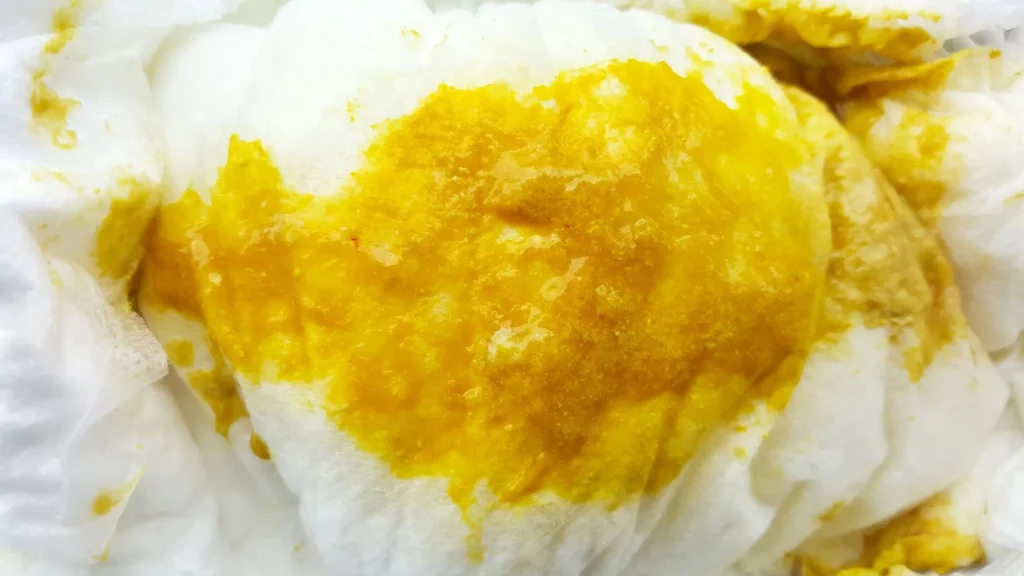
Yellow poop is common in breastfed babies. It’s usually soft and may have a seedy texture. This is completely normal for breastfed poop.
Green Baby Poop
Green poop can occur in both breastfed and formula-fed babies. It can be a sign of consuming more foremilk than hindmilk in breastfed babies, or it can simply be a result of the iron in formula feeding used.
Brown Poop
Brown poop is usually seen when the baby starts eating solid food. It’s a sign that the baby’s digestive tract and system is maturing.
The Different Types of Baby Poop
Newborn Poop (Meconium)
Your newborn’s very first poop, called meconium, is a dark greenish-black and tarry. This is because meconium is made of mucus, amniotic fluid, dead cells, and other substances your baby ingested in utero. It doesn’t smell, so you may not realize it’s time for a diaper change. This type of poop is a good sign that your baby’s digestive system is working as it should. When your baby is 2 to 4 days old, their poop will become lighter in color – sort of a yellowish green – and less sticky. This transitional stool is a sign that they’ve started digesting early breast milk or formula and their intestinal tract is functioning properly.
Iron-Fortified Baby Poop
If your baby’s poop is green, it could be a sign of iron in your baby’s formula. The iron in the formula doesn’t absorb as well as the iron in breast milk, hence the greenish hue gray baby poop. If you give your baby an iron supplement, their poop may turn dark green or almost black. This doesn’t happen often, but it’s normal. However, if your baby’s poop looks blackish and they’re not taking an iron supplement, it’s a good idea to call their doctor. Rarely, blood in infant stool can turn a newborn’s poop to a black color, which is called melena. Your child’s doctor can make sure there’s no stomach bleeding to worry about.
Solid Food Baby Stool
Once you start introducing your baby to solid foods, you’ll almost instantly notice a change in their output, especially if your baby is breastfed. Solid-food poop tends to be brown or dark brown and thicker than peanut butter, but still mushy. It’s also much smellier than exclusively a breastfed baby’ poop. This is because solid foods introduce new substances into your baby’s diet that can contribute to the smell, color, and consistency of their poop.
Formula-Fed Baby Poop
Formula-fed babies exhibit different poop characteristics compared to breastfed babies. Their poop is usually darker, ranging from yellow to tan to brown, and has a pasty, peanut butter-like consistency. They tend to poop less frequently, possibly once a day or every other day. The smell of their poop is typically stronger due to the longer digestion time of the formula-fed poop. However, these are general observations and variations are normal. Any drastic changes or signs of discomfort in the breastfed baby poop should prompt consultation with a healthcare professional.
Baby Stool with Partially Digested Food
Occasionally your baby’s poop will have identifiable chunks of food in it or be tinged with a surprising hue of the rainbow, like red, orange, or dark blue. This is because certain foods are only partially digestible or travel so quickly through the baby’s intestines that they don’t have time to completely break down. It also happens when your baby eats a lot of one type of food or doesn’t chew a mouthful completely before they swallow. If your baby’s poop consistently has undigested food in it, it’s best to consult with their doctor to make sure their intestines are properly absorbing food and nutrients.
Baby Diarrhea
Newborn diarrhea is very runny and looks like it’s made up of more water than solid food. It can be bright yellow, green, or brown, and often can seep or “explode” out of their diaper. Diarrhea can be a sign of an infection or allergy, and if it lasts for a while without being treated, it can lead to dehydration. If your baby has signs of dehydration, such as crying without tears, dry lips, peeing less often than usual, or excess sleepiness, or if diarrhea doesn’t go away after a few days, it’s best to call their doctor.
Constipated Baby Poop
If your baby’s poop is hard and looks like little pebbles, they’re probably constipated. Your baby may look visibly uncomfortable when they’re pooping, and the poop may be tinged with blood from irritating the anus on the way out. One or two pebbly diapers aren’t a concern, but if constipation doesn’t improve, your baby is irritable, or you see blood in their stool, it’s best to call their doctor. Constipation often happens in babies who are being introduced to solid foods, or it can be a sign that your baby isn’t getting enough fiber in their diet. Your doctor may recommend giving your baby water, pear, or prune juice to help move things along.
Baby Poop with Mucus
Greenish poop streaked with shiny, glistening strings means there’s mucus in it. This sometimes happens when a baby is especially droopy since mucus in saliva often goes undigested. Mucus in a baby poop color alone can also be a telltale sign of an infection or food allergy. Rarely, it could mean your baby isn’t absorbing enough nutrients from breast milk or formula. If the mucus is accompanied by any other symptoms (such as diarrhea or fever) or it shows up in your baby’s diaper for two days or more, call their doctor to rule out any problems.
Blood in Baby’s Poop
Seeing red poop in your baby’s diaper can be frightening. Many of the possible causes of blood in baby stool aren’t serious, like small tears in the baby’s anus from passing large poops, or a cow’s milk allergy. Sometimes the blood in infant stool is bright red from bleeding closer to the surface, and sometimes it’s black (which means it’s been digested). Sometimes, red dye in food or medication can also turn stool slightly red. If you notice normal poop tinged with red blood, constipated poop with a hint of red blood, or diarrhea mixed with red blood, it’s best to call your doctor.
Chalky or White Baby Poop
Lots of seemingly frightening signs in your newborn baby’s stools or poop are nothing to worry about. Others, like white, grey, or pale-yellow stools, are good reasons for concern. Pale stools can be a sign of biliary atresia – a blockage in the tubes that carry bile from the liver or gallbladder problem itself. If your baby’s stool looks especially pale, call their doctor right away. Biliary atresia is rare, but babies diagnosed with it need surgery to fix the blockage. The procedure works best when it’s done before a baby reaches the 2-month mark.
When to Worry: Signs of Trouble
Mucus, Water, or Blood in Poop
A poop that is filled with mucus, water, or blood could be a sign of an allergy or infection. If you notice these signs, it’s time to call your doctor.
Solid, Hard Poop
Solid, hard poop means your baby is probably constipated. This can be uncomfortable for your baby and may require dietary changes or a visit to the doctor.
Baby’s Development and Poop Patterns: Changes in Poop as Baby Grows
As your baby’s health grows and their diet changes, so will baby poop color as will their poop. Here’s a general timeline of what you might expect:
Newborn Stage
The first poop a newborn produces is known as meconium. It’s greenish-black, sticky, and made up of substances your baby ingested in the womb. After a few days, this transitions to a lighter, less sticky poop.
First Few Months
If your baby is breastfed, their poop will likely be yellow and may have a seedy texture. Formula-fed babies’ poop is usually a bit firmer and can range from yellow to tan to brown.
Introduction of Solid Foods
Once your baby starts eating solid foods, usually around 4 to 6 months, their poop will change again. It will become more solid and vary in color, depending on what they’re eating. You might also notice bits of undigested food, which is normal as your baby’s digestive system is still developing.
Toddler Stage
As your baby becomes a toddler and their diet includes a wider variety of foods, their poop will resemble that of an adult. It should be brown and soft. However, the frequency can vary, from a few times a day to a few times a week.
Tips for Handling Baby Poop
Cleaning After a Poop Explosion
Baby poop can sometimes be messy. Save the baby wipes for these instances. A damp washcloth is usually good enough for cleaning after a wet or dirty diaper.
Dealing with Constipation
If your baby is constipated, try mixing a teaspoon of prune juice with breast milk or formula. This can help soften the baby’s stool, and make it easier for your baby to poop.
If your baby is constipated, it can be helpful to include certain foods in their diet that can aid in digestion and promote regular bowel movements. Here are some foods that are good for constipated babies:
Fruits and Vegetables
Fruits like pears, peaches, prunes, and plums are high in fiber and can help to soften your baby’s stool. Vegetables like peas and spinach can also be beneficial.
High-Fiber Foods
If your baby has started eating solids, foods like whole grain cereals and bread, beans, lentils, and chickpeas are high in fiber and can help to promote regular bowel movements.
Water
Keeping your baby hydrated is important for preventing constipation. If your baby is older than 6 months, you can give them a small amount of water in addition to their regular feedings.
Prune Juice
Prune juice is often a go-to remedy for constipation. You can try giving your baby a small amount of prune juice, but it’s best to consult with a healthcare professional first to make sure it’s appropriate for your baby’s age and situation.
Remember, it’s always best to consult with a healthcare professional before making any significant changes to your baby’s diet, especially if they’re under 6 months old.
Newborn Baby Poop Smell
The smell of a newborn’s poop can provide some insight into their health and diet. Here’s what you need to know:
Breastfed Babies
The poop of a breastfed baby is typically sweet-smelling. This is because breast milk is easily digested and leaves less waste, resulting in a less offensive odor.
Formula-Fed Babies
Formula-fed babies’ poop has a stronger smell than breastfed babies. This is because formula can take longer to digest, giving bacteria more time to break it down and produce gas, which contributes to the smell.
Introduction of Solid Foods
Once your baby starts eating solid foods, you’ll notice a change in the smell of their poop. It will become stronger and more similar to adult poop. This is because solid foods introduce new substances into your baby’s diet that can contribute to the smell.
Unusual Smells
If your baby’s poop has a very foul smell, it could be a sign of a gastrointestinal issue or infection. Similarly, if your baby’s poop has a yeasty smell, it could indicate a yeast infection. If you notice an unusual smell, it’s a good idea to consult with a healthcare professional.
What to Do If Your Baby Doesn’t Poop
It’s important to remember that every baby is unique and their bowel movements can vary. Some breastfed babies poop after every feeding and others only once or twice a week. What’s normal for your baby’s poop also depends on whether they are breastfed or formula-fed, their age, and their overall health.
However, if your baby hasn’t pooped in more than a few days, it might be constipated. Here are some steps you can take if your baby isn’t pooping:
Check for Other Symptoms
If your baby isn’t pooping but is still eating, sleeping, and behaving as usual, you might not need to do anything. However, if they seem uncomfortable, have a hard belly, or are straining to poop, it’s time to take action.
Try a Different Feeding Position
Sometimes, changing your baby’s position while feeding can help stimulate their digestive system. For example, if you’re breastfeeding, try switching from one side to the other.
Massage Your Baby’s Belly
With a warm cloth, gently massage your baby’s belly in a clockwise direction. This can help stimulate their bowels.
Give Your Baby a Warm Bath
A warm bath can help relax your baby’s abdominal muscles and help them poop.
Consult with a Healthcare Professional
If your baby is still not pooping, it’s best to consult with a healthcare professional. They can provide guidance and, if necessary, recommend a safe stool softener.
Remember, it’s normal for babies to have irregular bowel movements, but if you’re ever in doubt, it’s best to consult with a healthcare professional.

Conclusion
Understanding your baby’s poop can provide valuable insights into their health and well-being. While it can be a bit uncomfortable to discuss, it’s an important part of parenting. Remember, when in doubt, always consult with a healthcare professional.
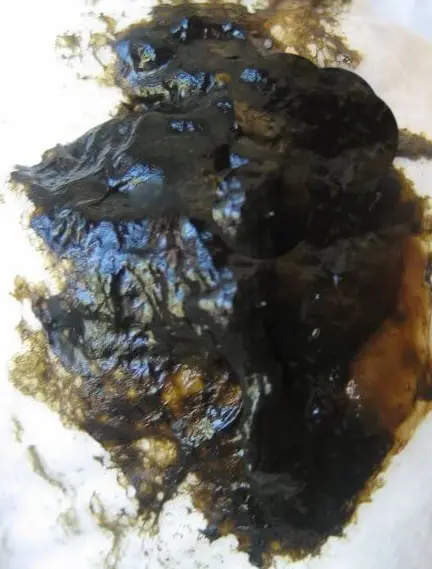
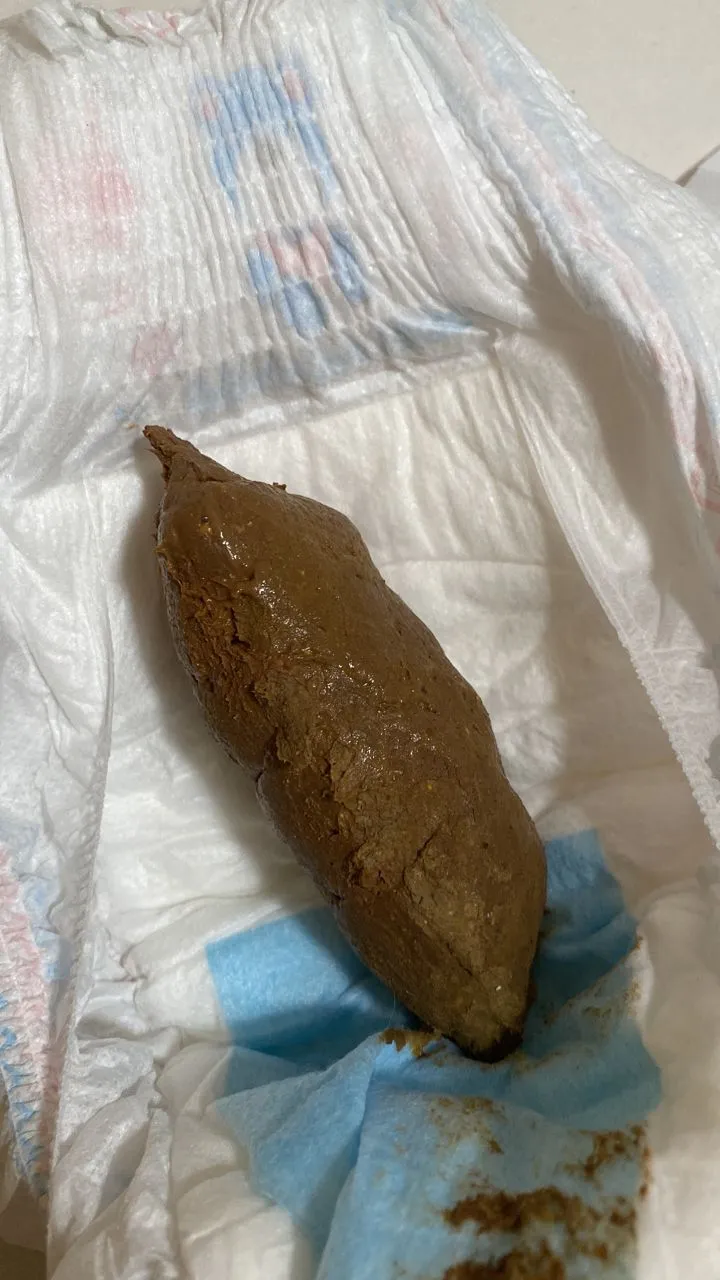

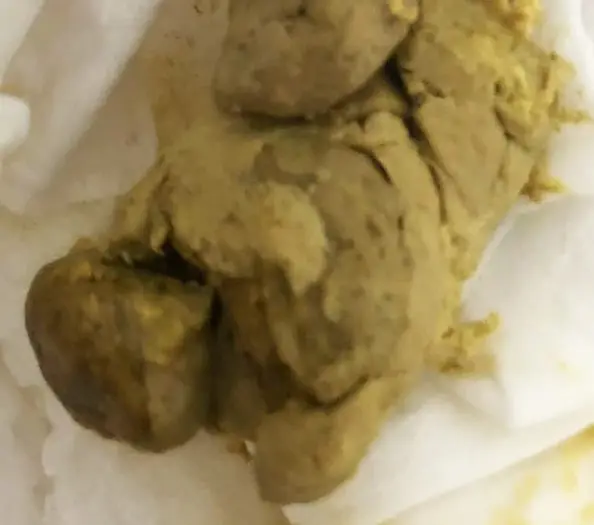
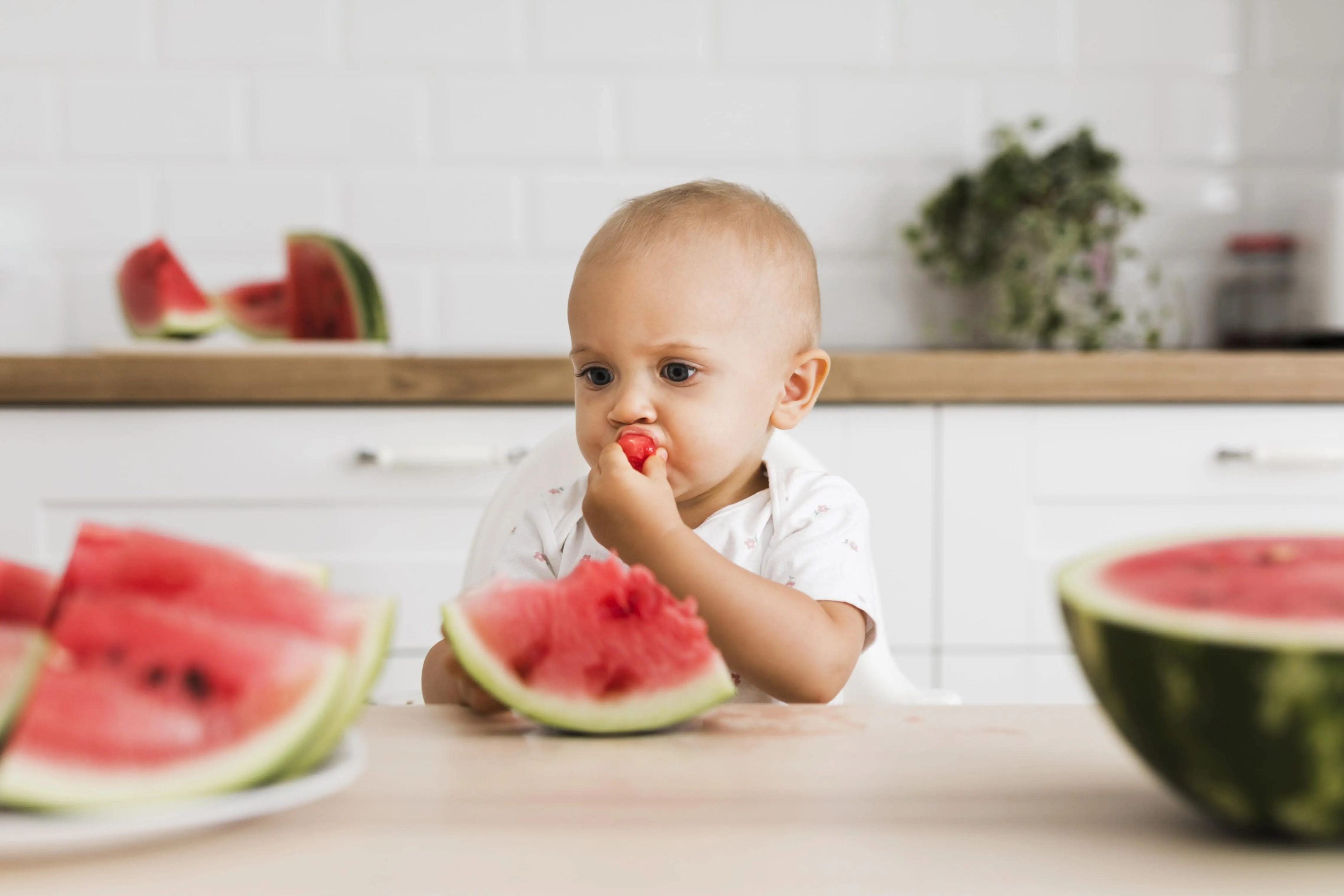



Leave a Reply